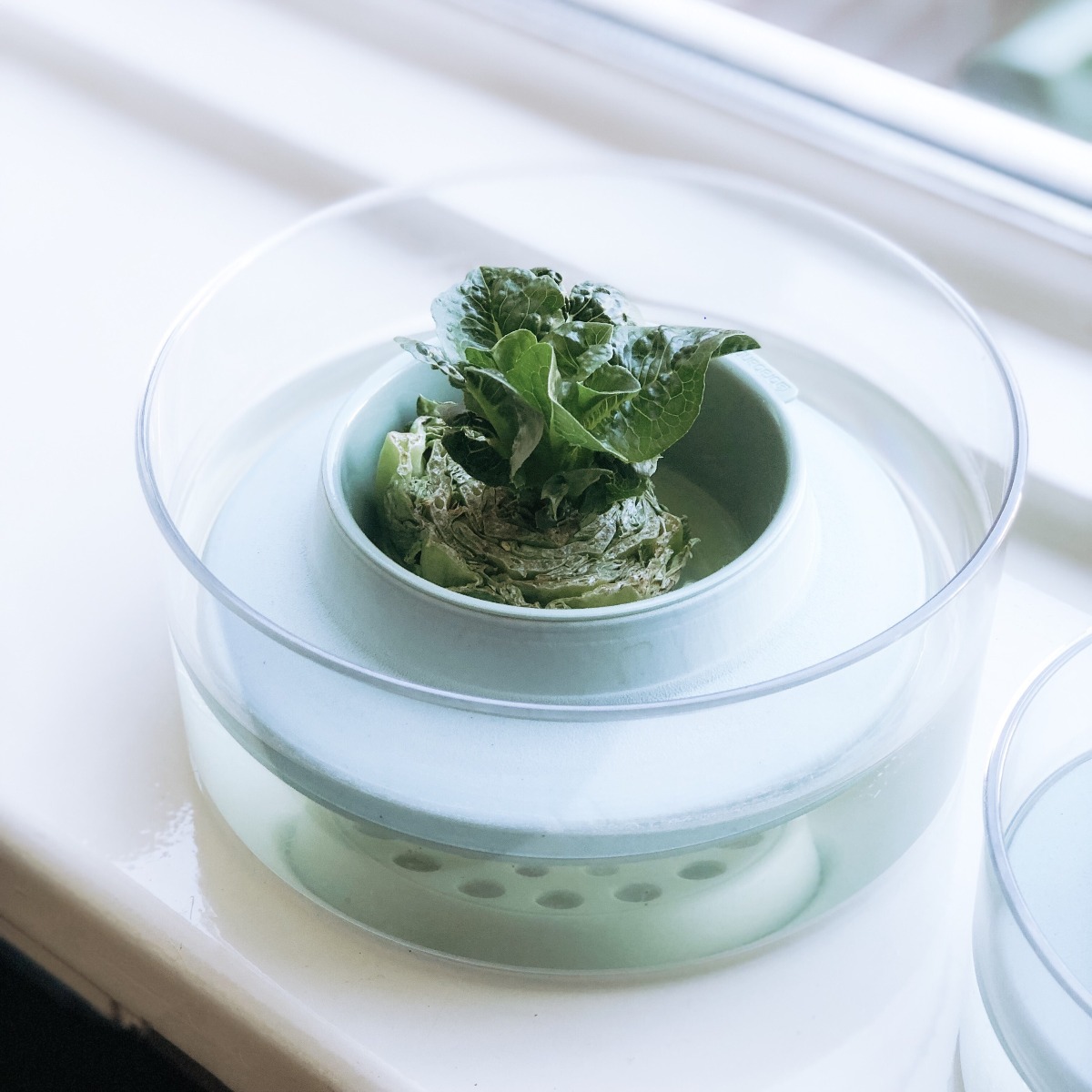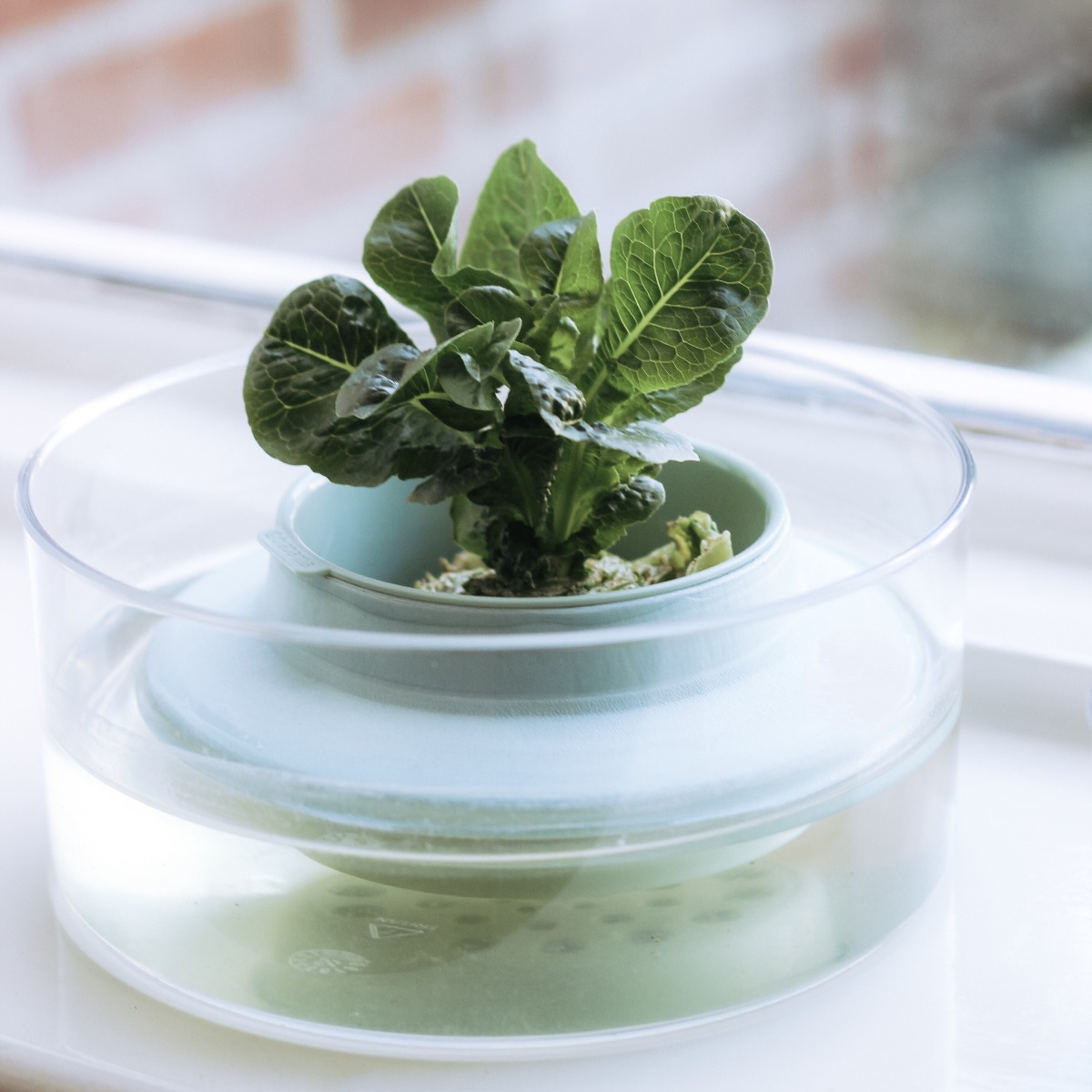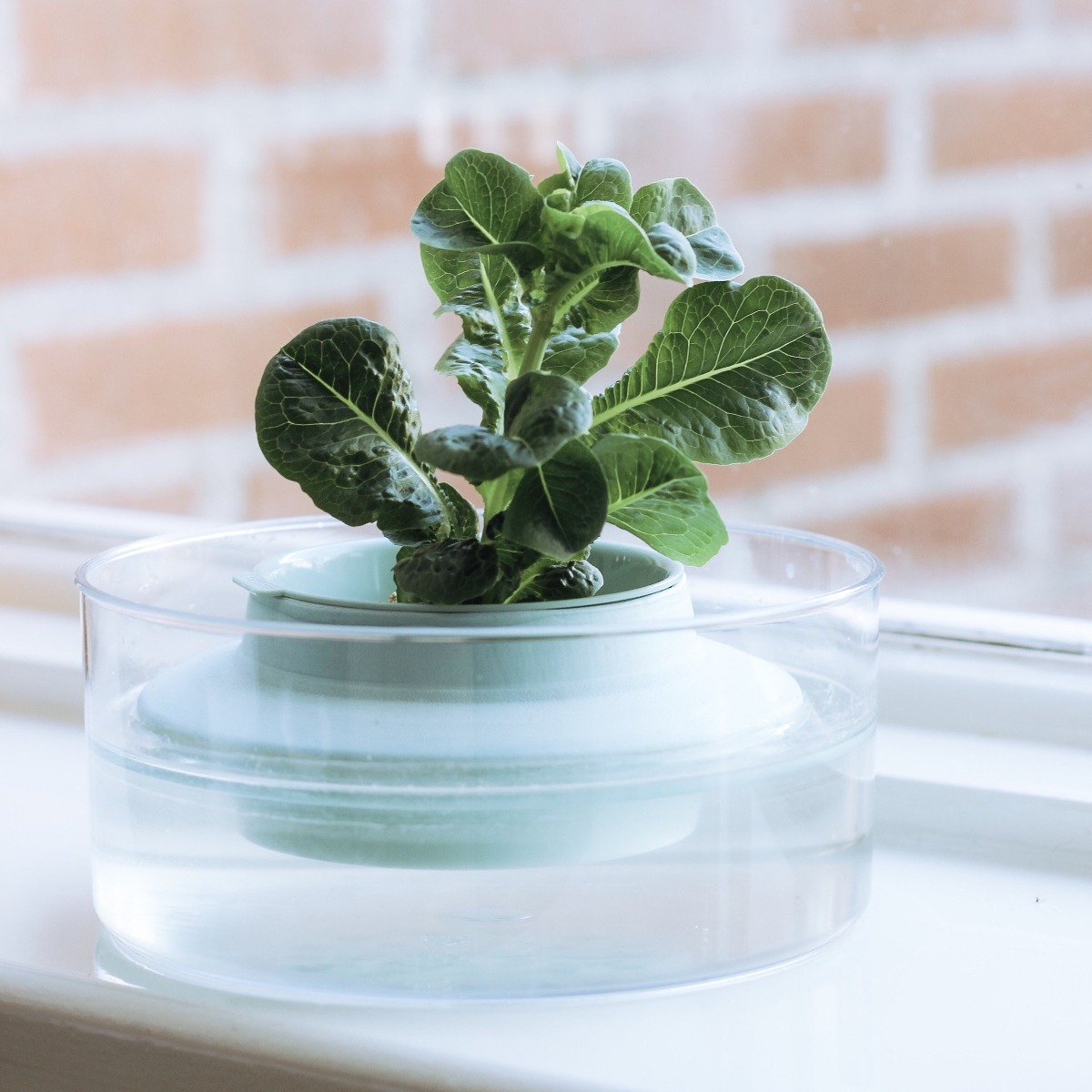NO MORE WASTE!
Do you have leftover spring onions or cabbage? Sprouted garlic cloves? Don't throw them away! Grow new vegetables from them. Regrowing is trendy. And fun. Because how beautiful is it when a new plant grows from that stalk of pak choi or leftover celery?
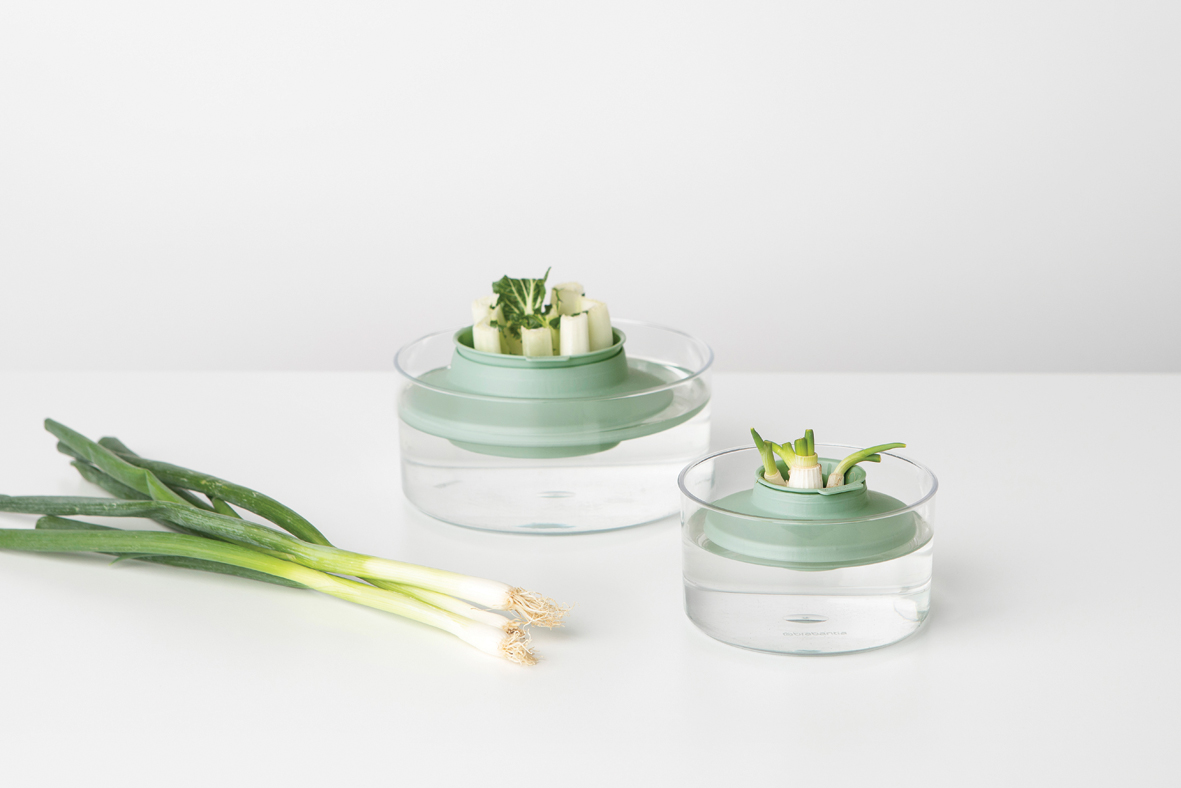

Regrowing
By regrowing, you grow new plants from vegetable leftovers. This means that the life cycle of vegetables doesn’t end in your kitchen, but starts all over again with a little love and attention. This is good for your wallet and for the planet. And for your mood. Because plants in the house are cosy. Growing plants is a restorative activity, every day you can see how a bit of progress has been made again. And did you know that you’re helping them grow just by breathing? The CO² you exhale is used by the plant to grow – how cool is that?
Which vegetables are suitable?
Think lettuce, leek, pak choi, spring onions, Chinese cabbage, celery... Garlic can be grown again, too! If you use carrots or beetroot, you get leaves which are great for salad. With a bit of patience, you can also grow beautiful plants from seeds, although it will take some time before you have an avocado tree.
Getting started: rooting
You don’t need much more than time and attention to start your own regrowth garden. A few empty glasses or jars and some water are enough, but you can of course also opt for our complete and handy Regrow kit. Put your vegetable scraps in the water for a few days, with the side where the roots are (or should be) facing downwards. Change the water regularly, so that your plants do not rot. The Regrow kit has floating rings, so your cutting always has access to just the right amount of water.
In the sun
Place your cutting in a warm, sunny spot. Especially in the beginning, your plant needs a lot of light. Warmth is also important. Temperatures around 20 °C are best. Change the water regularly and give the plants a little love: talk to them! After a while you will see that new roots and/or leaves appear. When the roots are a few centimetres long, the plant can be moved to a pot with soil. When the weather is good, you can move your plant to your balcony or garden. And then it is just a matter of watering and being patient until the harvest.
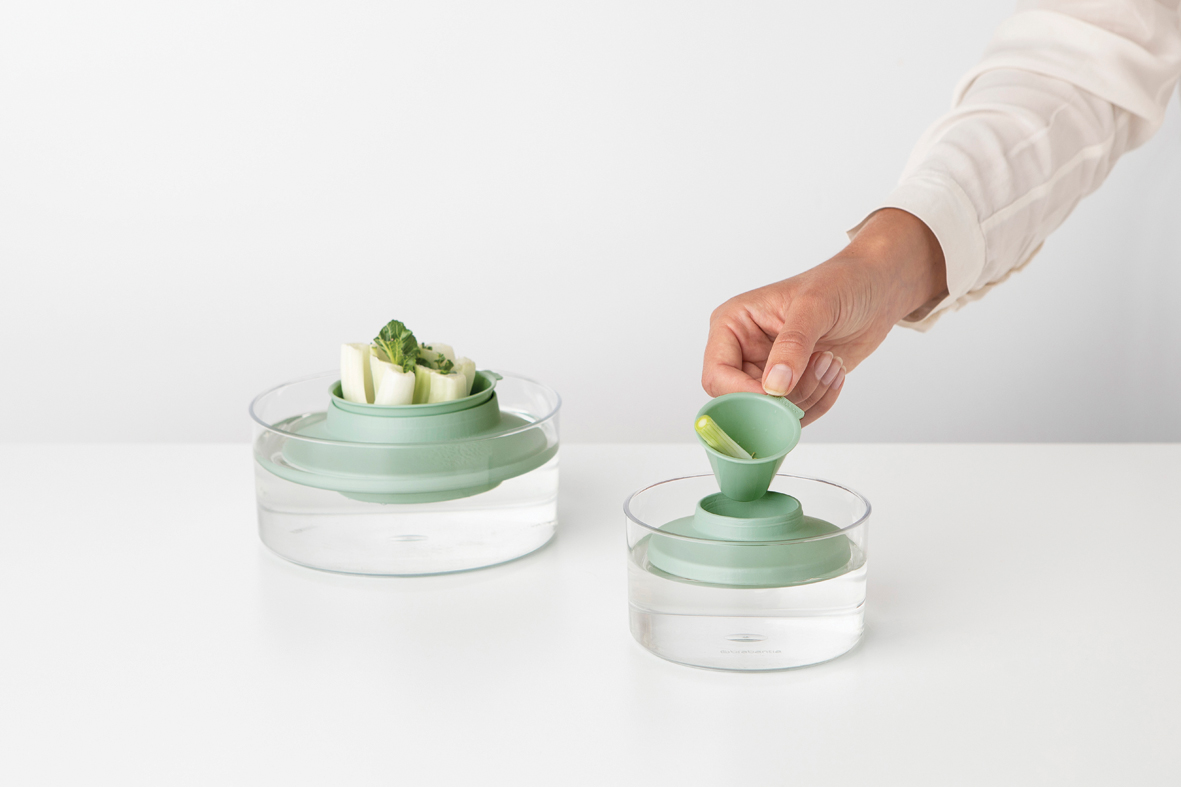

Easy start
Are you a beginner in window box gardening? Then spring onions or leeks are the ideal start. Cut off the white underside of the stem (about 5 centimetres) and put it in a glass with a small amount of water. It only takes a moment for them to start growing. When the roots are a few centimetres long, you can put the cuttings in a pot with some potting soil. In winter, this should be inside in front of the window, but the rest of the year your pot can be outside.
Cooking with harvest
Some plants can be eaten over and over again. Celery, for instance, can be used to cut off the stems or leaves you need for your sauce or soup. And the same applies to carrot leaves, for example. Use the clever Tasty+ herb scissors to cut them, and you're done in no time. Make carrot stalk pesto, for example (stores well in a handy container). Also delicious: beetroot leaf soup or Jerusalem artichoke pasta. A baby mango tree or chickpea bush is also a fun and personal gift. And who knows, there may be (online) cuttings-exchange fairs in your neighbourhood. What will you regrow first?
"You can also do a bunch of things with the re-growth waste products. Think for example about carrot tops pesto, beetroot leaves soup or artichoke shoots pasta."
What can you grow?
SPRING ONION & LEMON GRASS.
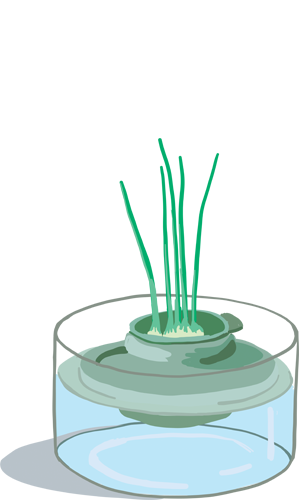

1.
Place the base in the small regrow pot, cut side up.
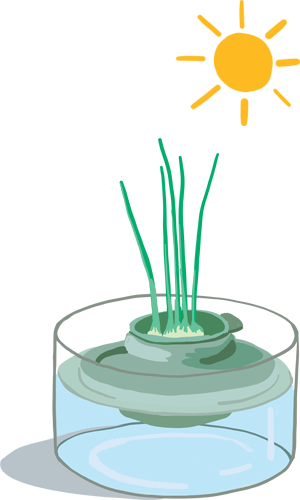

2.
Place the regrow kit in a sunny spot. Check the water level every few days.
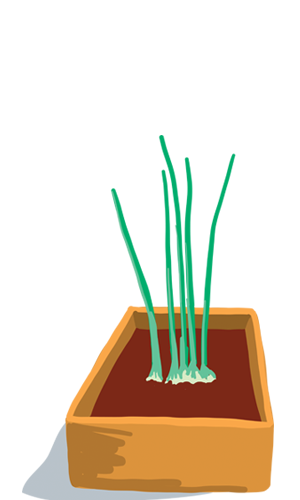

3.
Spring Onion. The onion will regrow almost immediately. Cut off what you need and leave the bottom part in water, so it will
keep regrowing
Lemon grass. In about two or three weeks, you should see new roots.
The stalks can be planted in soil. When it is about 30 cm in height, you can start reusing your lemon grass. Just cut off the amount you need, your lemon grass will keep growing.
CELERY - CABBAGE - ROMAINE LETTUCE - PAK CHOI - LEEK.


1.
Place the base in the big regrow pot. The top part should be above water level.


2.
Place the regrow kit in a sunny spot. Check the water level every few days.
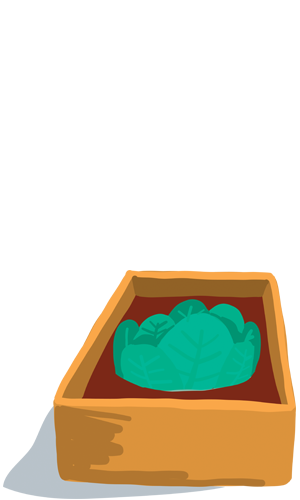

3.
Celery - Cabbage - Pak Choi. After about a week or two, plant into a garden or flowerpot.
Romaine Lettuce. In a few days, plant the sprouted hearts directly in the garden or a container. Harvest when it is around 6 to 8 inches tall.
Leek. The leek will regrow almost immediately and will
keep regrowing. Just cut off whatever you want to use in the kitchen.
BEETS - TURNIP - CARROT GREENS, PARSNIP GREENS.
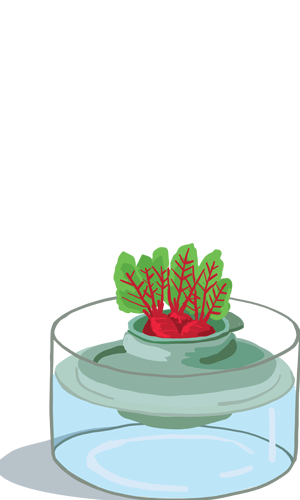

1.
Place the top in the small regrow pot, cut side down. The top part of should be above water level for the greens to grow.
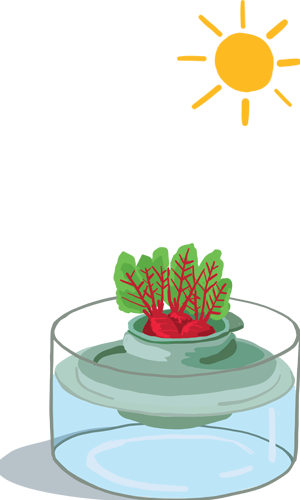

2.
Place the regrow kit in a sunny spot. Check the water level every few days.
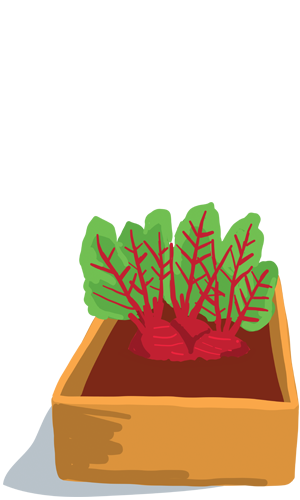

3.
After a few days, leaves will start to grow from the top.
Beets.Let it grow for a little and then plant it in soil. In about 3 weeks, when the leaves are around 15 cm tall, you can start cutting and eating the leaves.
Turnip.Let it grow for a little and then plant it in soil.
Carrot greens, Parsnip greens. After 1 to 3 weeks, your tops will start to grow leaves. Plant into a garden or flowerpot.
AVOCADO.
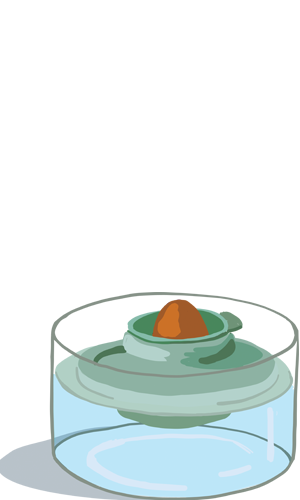

1.
Place the pit in the small regrow pot, pointy side up. Only half of the pit should be in the water.
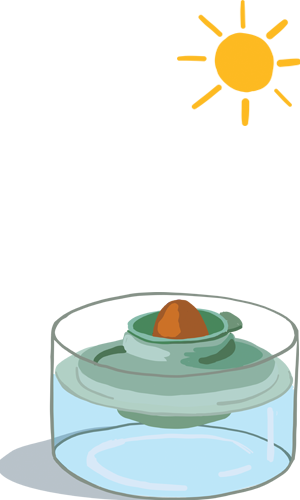

2.
Place the regrow kit in a sunny spot. Check the water level every few days.
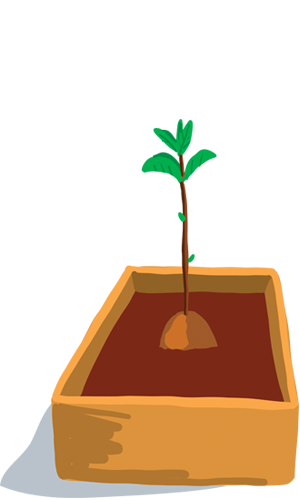
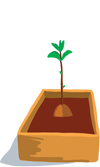
3.
In 3 to 6 weeks, the top of the pit will split open. Several weeks after that it will begin to grow. In about three months, when your tree is around 20 cm tall, you can take it out of the water and plant it.
GARLIC GREENS.
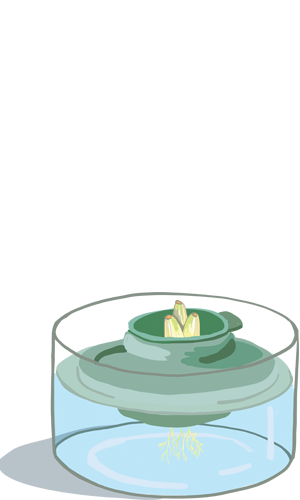

1.
Place the budding cloves in the small regrow pot. Only the bottom part of the cloves should be in water.
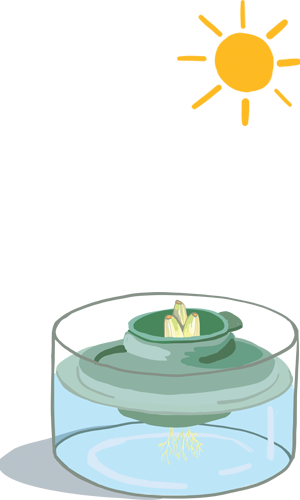

2.
Place the regrow kit in a sunny spot. Check the water level every few days.


3.
After a few days, the cloves grow roots. You can start cutting (and eating) the greens once they are 3 inches tall.

